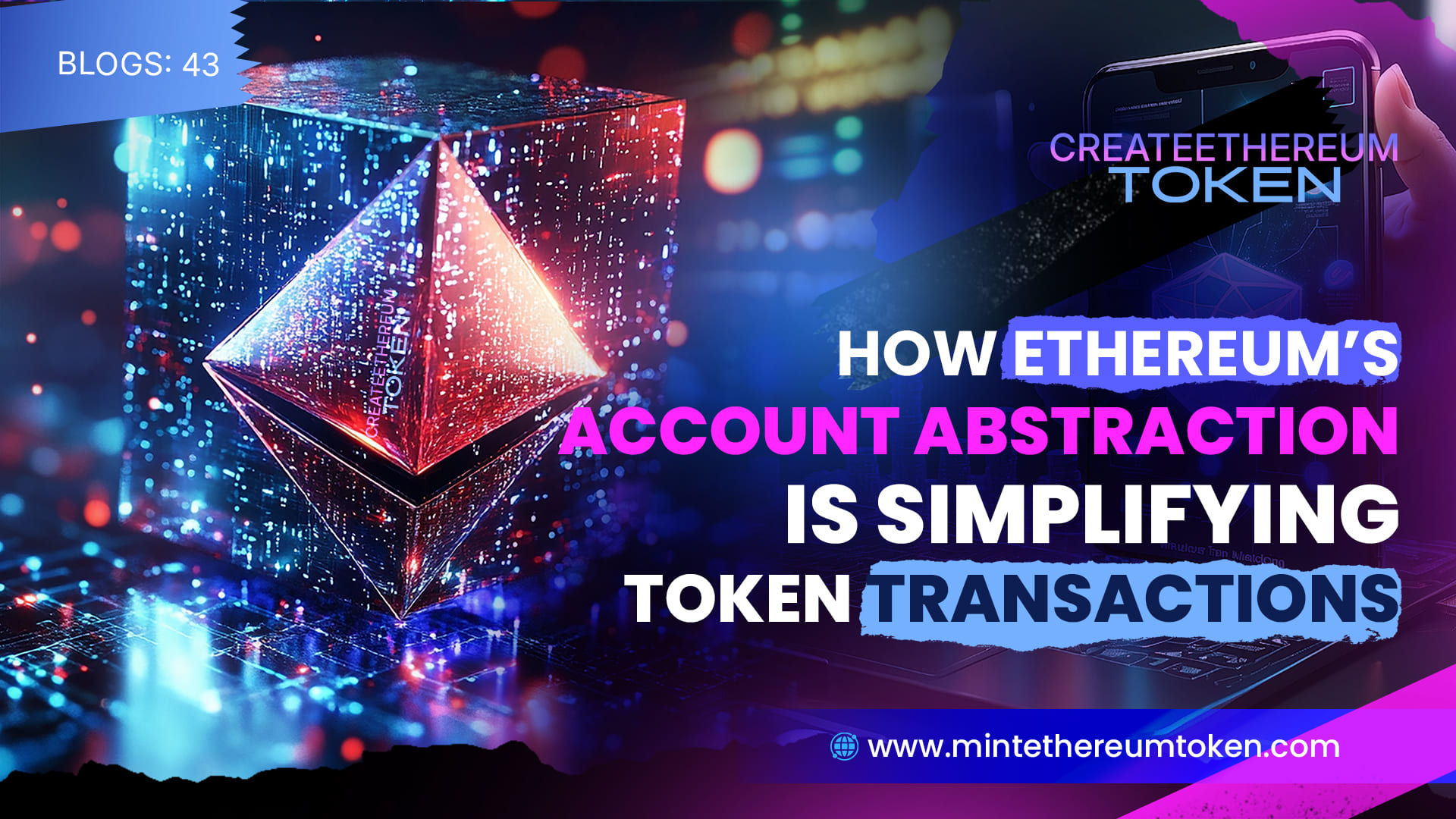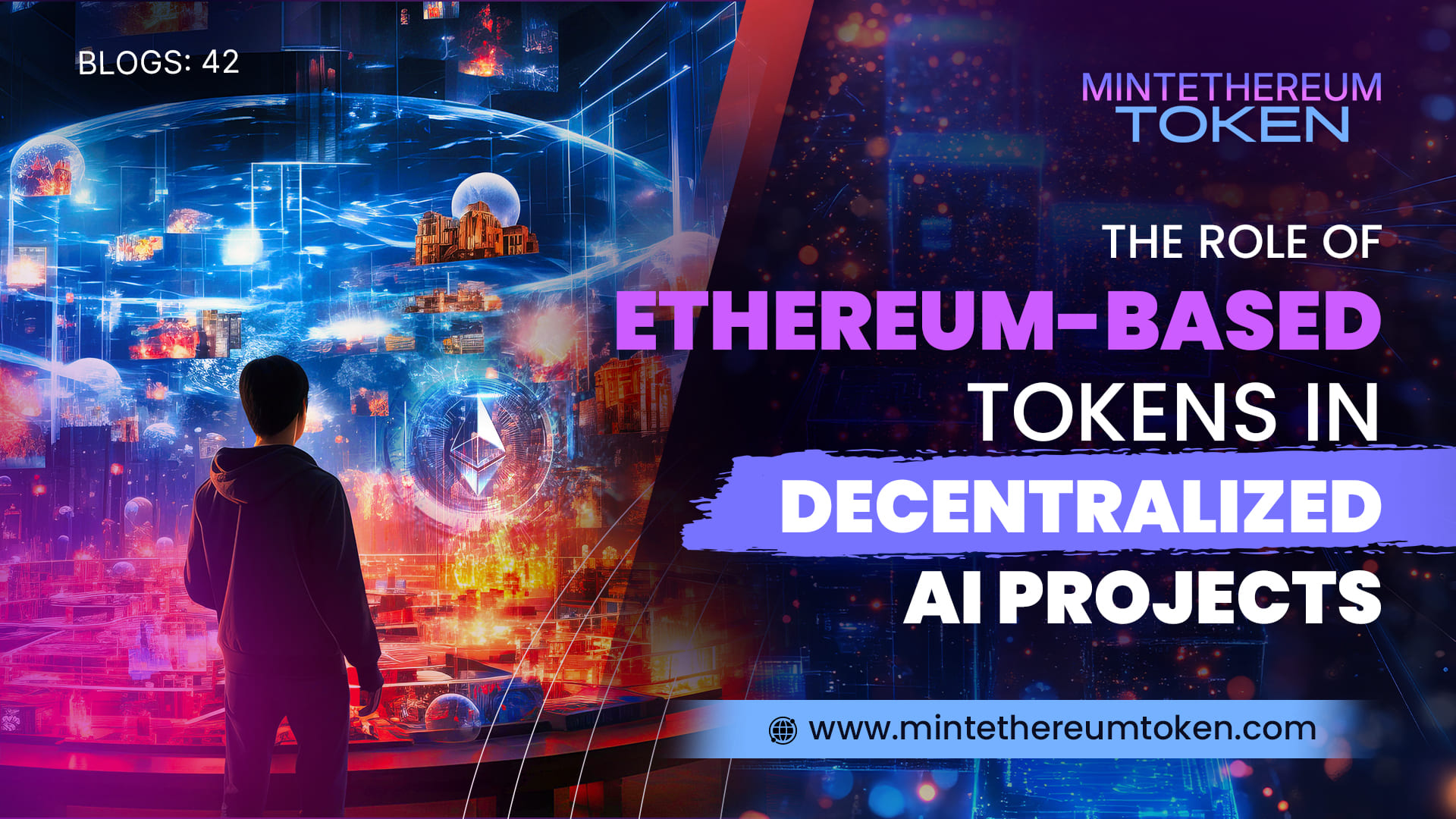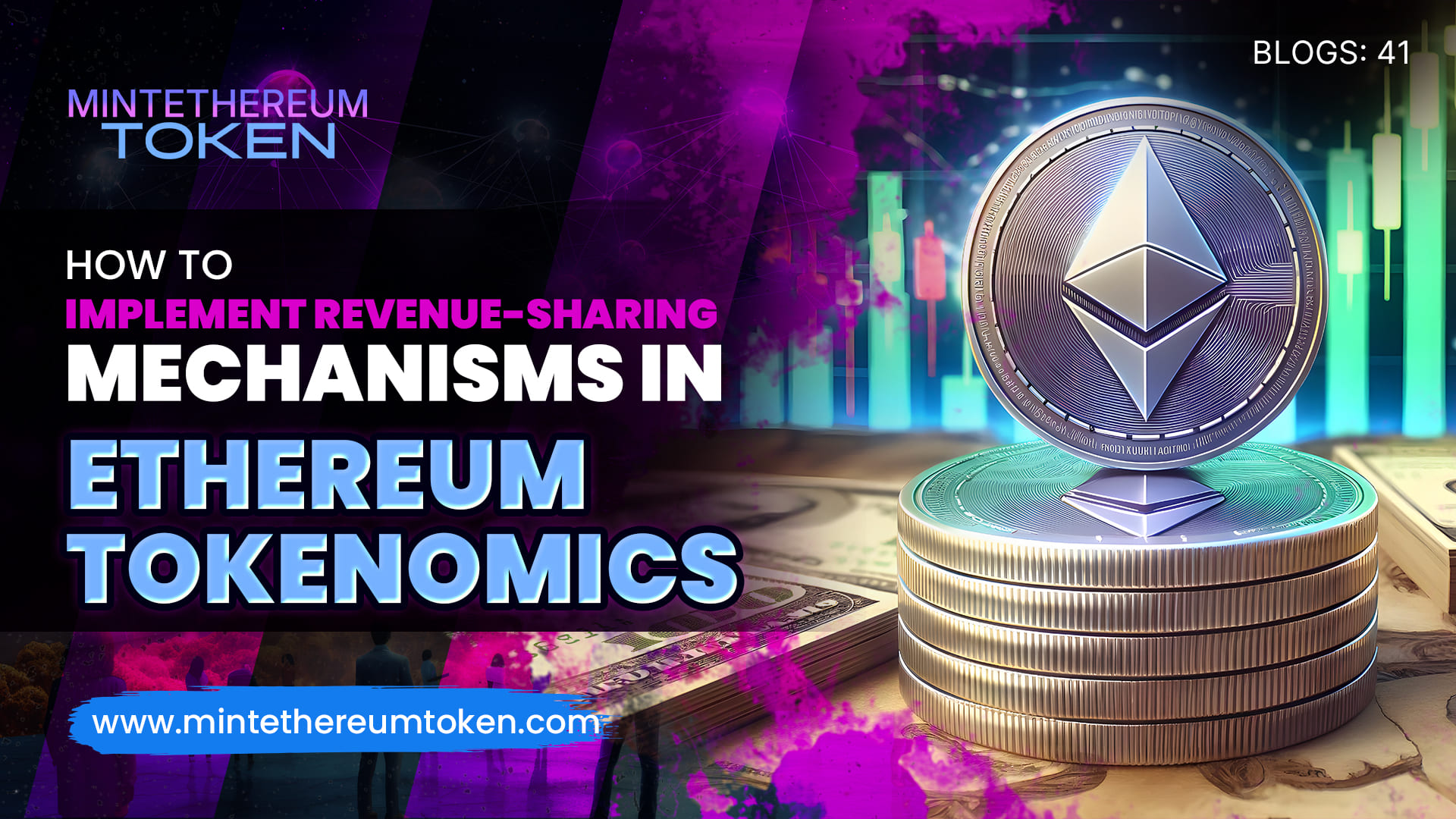March 19, 2025
How Ethereum Tokens Are Enabling Decentralized Subscription Models
Subscription models have long powered digital services—from video streaming and SaaS platforms to newsletters and online communities. Now, Ethereum tokens are revolutionizing how subscriptions work by making them decentralized, automated, and permissionless. These new systems remove the need for intermediaries and give users direct control over their access and payments—all through smart contracts.
What Are Decentralized Subscription Models?
Unlike traditional models that rely on banks or payment processors, decentralized subscriptions use Ethereum-based tokens or smart contracts to manage recurring access. Users simply hold a specific token or NFT in their wallet to unlock content, services, or utilities—no credit card required.
How Ethereum Tokens Power Access
Projects can mint ERC-20 tokens or NFTs that act as “passes” for access. Holding the token in your wallet grants membership to exclusive content, tools, or communities. Once the token expires, is burned, or transferred, access is automatically revoked—eliminating manual renewals or account management.
Benefits of Token-Based Subscriptions
- Censorship Resistance: No centralized entity can block payments or access.
- Global Reach: Anyone with a crypto wallet can participate, regardless of geography or banking status.
- Automation: Smart contracts handle access control, renewal, and expirations without human oversight.
- Tradability: In some models, users can sell or transfer their subscription tokens on secondary markets.
Use Cases on Ethereum
- Content Creators: Writers, artists, and streamers issue NFTs for monthly content access.
- SaaS Platforms: DApps grant access based on holding a utility token.
- DAOs & Communities: Governance tokens double as subscription models for private Discords or DAO features.
- DeFi Tools: Trading dashboards or analytics platforms offer premium features via token staking or ownership.
Building with Ethereum Standards
Ethereum’s flexible token standards like ERC-20, ERC-721, and ERC-1155 make it easy to tailor subscription models. Developers can incorporate unlockable content, renewal logic, and even discounts based on token tenure—all governed by smart contracts.
Conclusion
Ethereum is making it possible to rethink subscriptions from the ground up. With token-based models, creators and developers can build decentralized, scalable revenue systems that put power back into users’ hands. As the Web3 ecosystem continues to grow, expect Ethereum to lead the charge in reshaping how we access digital services.






